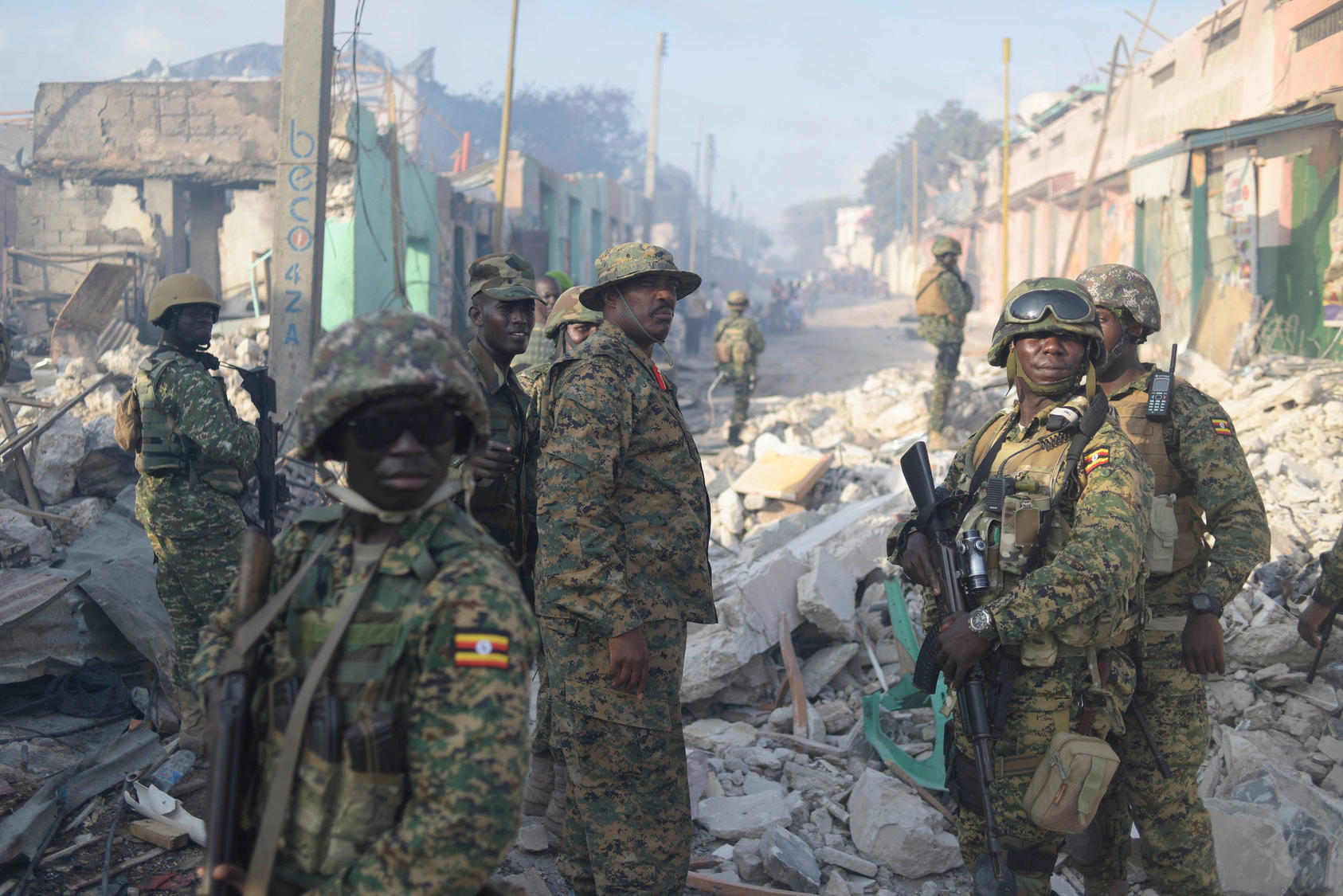Conflict Analysis in a Rapidly Changing World (Instructor-Led)
This course defines and describes conflict analysis processes and the ways in which they inform the development and implementation of peacebuilding programs. It presents the five main elements of USIP’s conflict analysis framework and describes how to ensure that one’s analysis is sensitive to the conflict and those impacted by it. Those enrolled can earn a certification of participation upon completing the course.

Learning Objectives
- Define conflict analysis and its importance.
- Identify how conflict analysis accounts for the evolving nature of violent conflict.
- Recognize how context and experience shape conflict analysis.
- Identify different ways in which conflict analysis can be conducted.
- Understand the concept of drivers of conflict and the different levels of analysis for conflict analysis, and how analysis can be both simple and comprehensive.
- Identify the characteristics of root causes, structural causes, accelerating causes, and triggers of conflict.
- Be mindful of “Do no harm” and how that can be enhanced by conflict analysis.
- Apply conflict assessment to your own work.
Instructor-led Delivery
USIP’s new instructor-led format blends a self-paced curriculum with weekly live, interactive webinars. Enrolled participants will join a group of fellow learners from around the world. Each week will feature a new lesson that includes a real-world case study, a skills-building exercise, and small group discussions. A new course is offered each month and is four weeks in duration. The course is open to the public and is free of charge. Certificates of participation are awarded at the conclusion of the course.
Description
- Weekly Self-Paced Curriculum: Learn at your own pace and schedule through carefully curated self-guided curriculum and instructional videos. Access to the course will open on November 4.
- Weekly Live Webinars: Every week, a USIP expert or guest lecturer will host a country case study, a facilitated exercise, and small group discussions.
- Group-Based: Join and learn alongside other participants from around the world.
- Practical Case Studies: Develop skills through real-world exercises and small group discussions.
- Certificates: Receive a certificate of participation at the conclusion of a course.
Weekly Webinar Schedule
Join Visiting Instructor Pascal da Rocha for four weeks of live instructor-led webinars covering the following topics:
November 5, 2024 – Exploring Conflict Actors and the Dimensions of Power, 9:00 am – 10:15 am ET
November 12, 2024 – The Use of Digital Tools in Conflict Analysis, 9:00 am – 10:15 am ET
November 19, 2024 – How to Apply a Gender-Responsive Approach to Conflict Analysis, 9:00 am – 10:15 am ET
November 26, 2024 – Linking Analysis to Prevention in Political Conflicts, 9:00 am – 10:15 am ET



